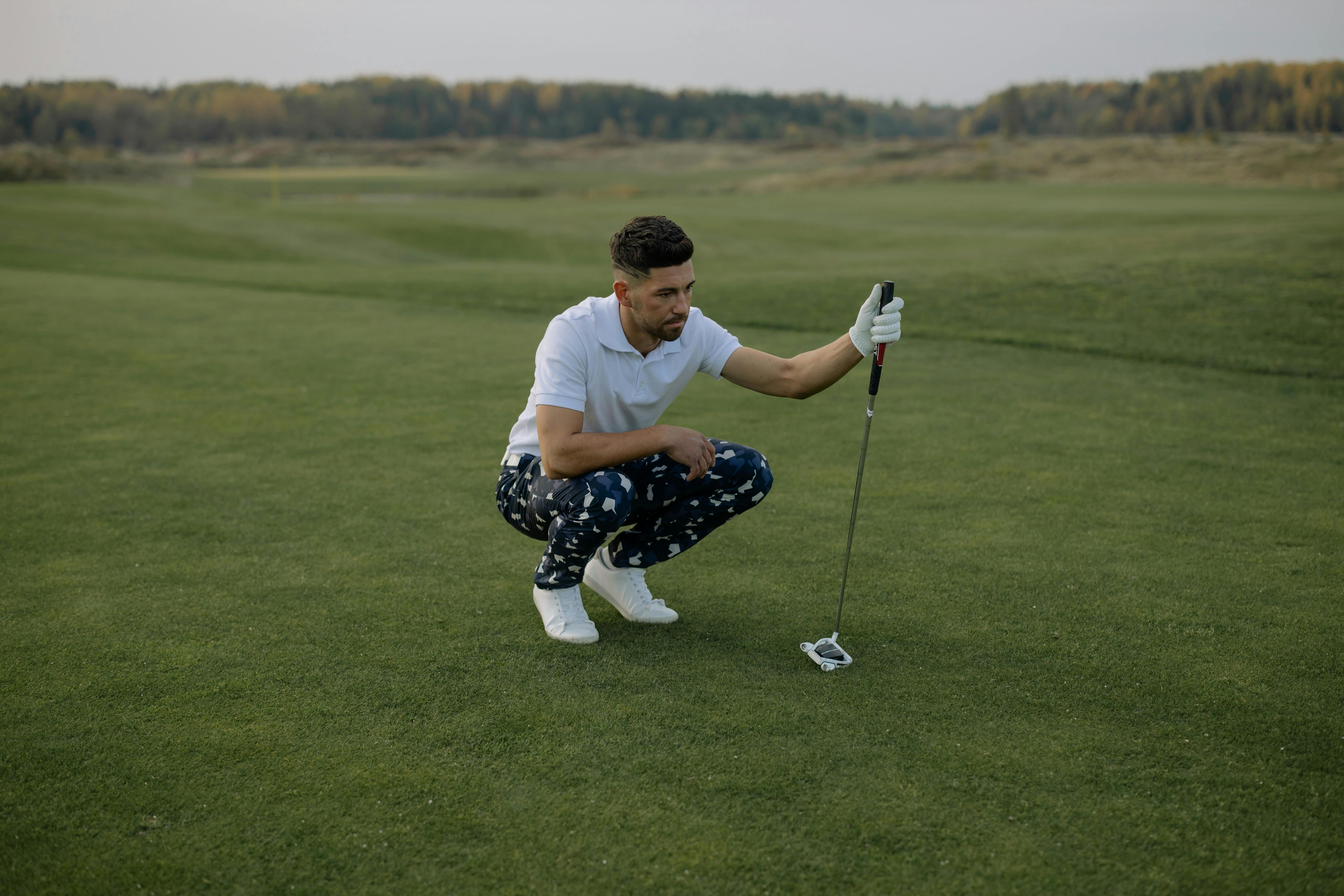Unlike the popular and inexpensive blue tarps designed for short-term use, or heavy-duty 18-ounce vinyl-coated polyester lumber tarps, canvas tarps are made from 100% cotton fibers, making them a strong product that is good for the environment. They come in many sizes, colors, and thicknesses, making them useful in many applications, but not all. There are clear advantages and disadvantages to canvas tarps. Understanding these factors can help you select the best tarp for your needs.
Canvas tarps are ideal for covering outdoor stationary construction machinery and equipment. The goal of using any tarp is to provide protection from the sun, wind, rain, and even prying eyes. If your property is securely covered, it is much less likely to be stolen or damaged. Many states require loads to be secured and covered while on public roads, but this is one case where they should not be used. Canvas tarps are not towable and are very likely to tear, resulting in a damaged canvas tarp and unprotected cargo. On the other hand, they last longer than polyethylene tarps and their breathability makes them an ideal choice for many applications.
treated or not treated
Canvas tarps come treated or untreated. The treatments make the fabric resistant to water, rot and mildew. Canvas tarps can also be treated with flame retardant chemicals to make flame retardant canvas tarps. They are also treated with waxes and stains that make them useful in some applications and unsuitable for others. They can be removed with products like Canvak. While these treatments provide benefits, they can also make the material unsuitable for some uses, such as indoor furniture coverings.
Cleaning methods vary depending on whether or not the fabric has been treated. Cleaning of treated canvases can be done with soapy water or detergent. However, the treated canvas should not be washed in a washing machine or dried in a dryer. Untreated products can be handled in the same way as any other cotton fabric.
best uses
Canvas tarps are best used to cover fixed items where air can breathe through the fabric. Heavy construction machinery and equipment, construction projects, plastic yard toys, and patio furniture are all great examples of when this material can provide the best coverage and protection. Airflow prevents items from mold, rust or heat damage, while protection from sun and wind prevents premature deterioration or fading altogether.
Camping is another great time to put these products to work for you and your family. They can be used to provide shade, shelter, and privacy. Although not 100% waterproof, water resistance combined with a reasonable angle can provide protection against rain. Hung between the trees, they can provide shade even on the hottest days.
Not always the best option
There are situations for which the canvas is not your best option. The treatments used make them unsuitable as vehicle covers or for indoor use. The waxes and stains used can rub off and stain the exteriors of boats or cars. Chemical treatments also have an odor that many may find offensive. While the smell is usually temporary, the staining factor is not.
As stated above, they are not the ideal choice for towing. This means that they should not be used to cover truck loads. At the same time, untreated canvas canvases are big favorites among painters and students. These natural fabrics are durable enough to be used in a variety of settings and make great canvases for painting of virtually any size!



